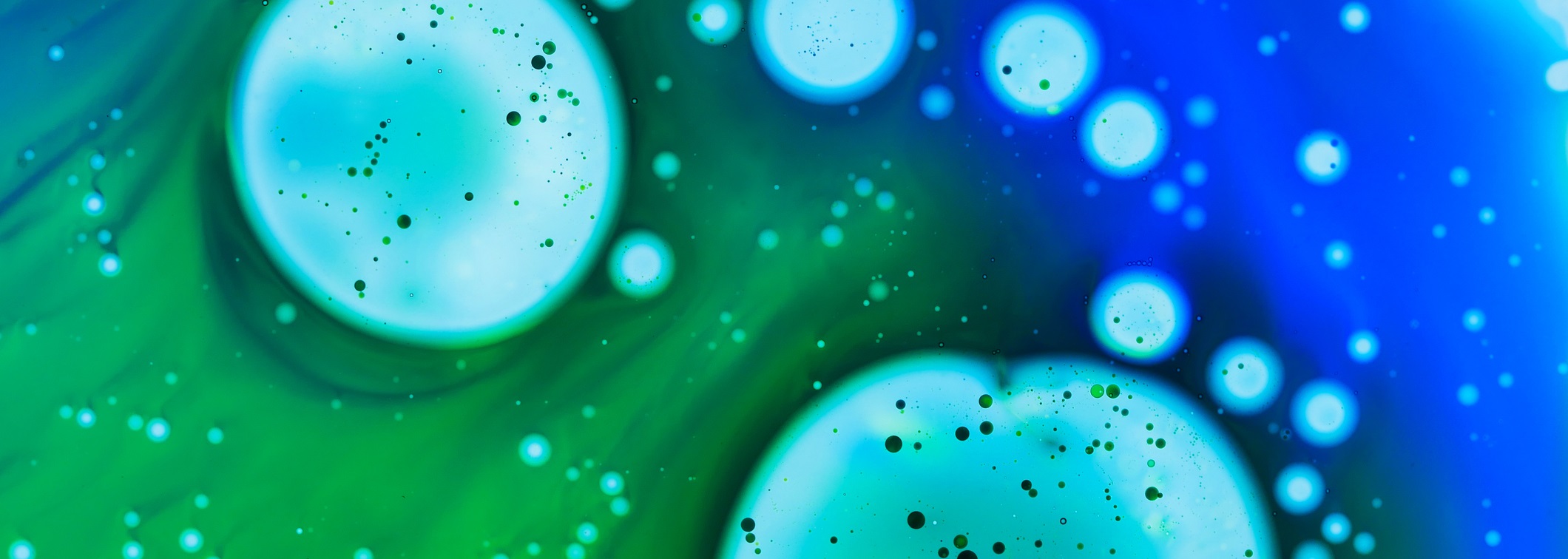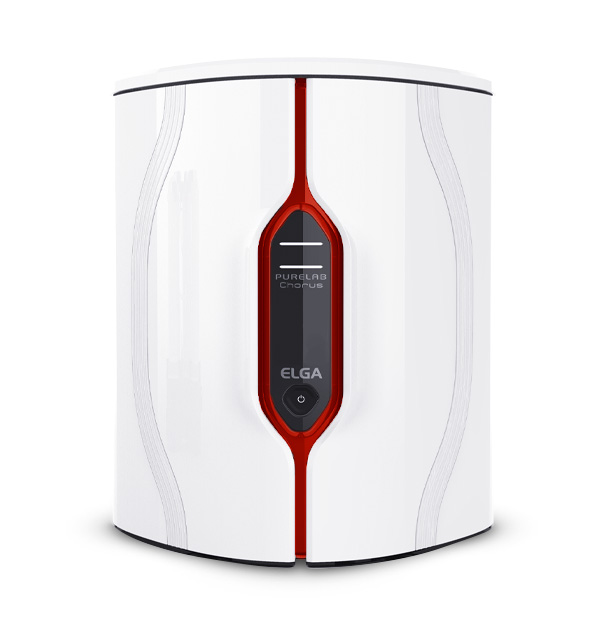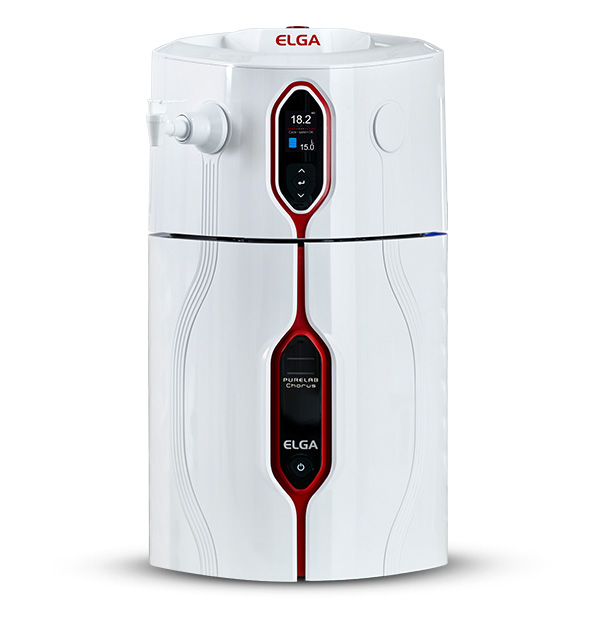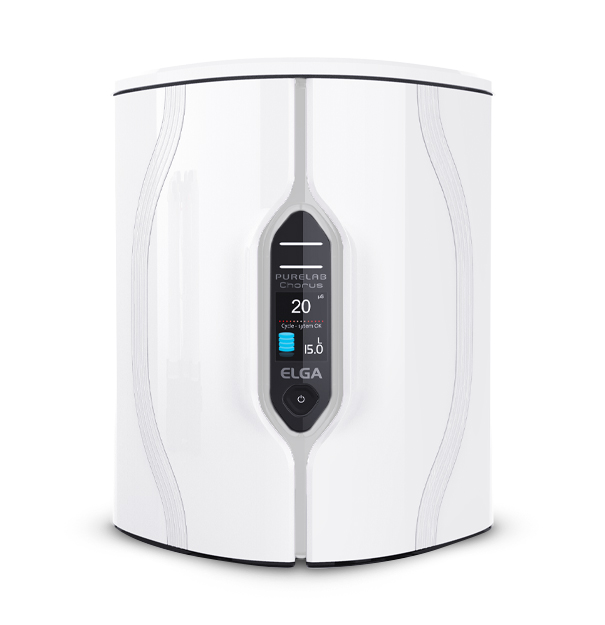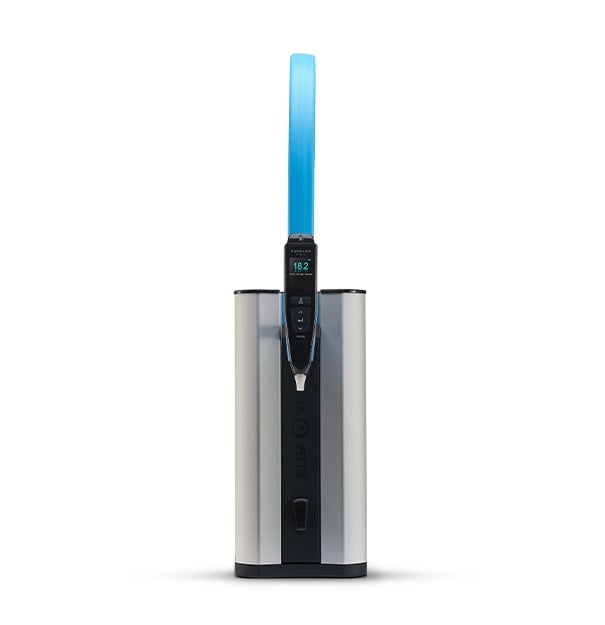Microbiology

Microbiology is the use of biological, biochemical or chemical methods to detect, identify and enumerate microorganisms.
How does Microbiology Work?
Microorganisms can be studied using a range of technologies, most commonly microbial cultures, immunoassays – such as enzyme-linked immunosorbent assays (ELISAs) – and polymerase chain reactions (PCRs).
Microbial cultures are a way of multiplying microorganisms by growing them in specific culture media, which may be liquid or solid, under controlled laboratory conditions. They are used to determine the type of organism, its abundance in the sample being tested, and its susceptibility to antimicrobial agents. Immunoassays use antibodies to detect and identify specific proteins unique to the target microorganism. They may be quantitative, but more often are qualitative assays that simply determine the presence or absence of the analyte of interest. Single and multiplex PCRs are a more recent development. This nucleic acid-based test enables the amplification and recognition of segments of DNA or RNA unique to the microorganism under investigation. Regardless of the method used, it is essential to prevent contamination occurring during microbiological analysis.
What is Microbiology for?
Microbiology has many important applications in the medical, environmental, food, agriculture, chemical and biotechnology industries.
Medical microbiology is the study of microorganisms across fields such as virology, bacteriology, parasitology and mycology. It involves the identification, isolation, diagnosis and treatment of pathogenic microorganisms, as well as the investigation of beneficial organisms, including yeasts and some antibiotics. It plays an important role in biomedical research, for example, in the development of vaccines and treatments for different diseases. There are many environmental applications for microbiology, including the use of microorganisms in bioreactors and for the degradation of oil spillages to prevent ecological damage. Bacteria are also used to break down the organic matter in sewage, helping to clean the water before it is released back into the environment. In the food industry, microbiological tests are essential to prevent spoilage and maintain food safety. This includes the identification of pathogens that may pose a risk to human health in food products, and the investigation of food poisoning outbreaks to determine their causes and prevent recurrence. In addition, it is possible to use ‘good’ bacteria to prevent pathogenic bacteria contaminating foods.
Microbiology is indispensable in agriculture too, where it can be used to help farmers optimize nitrate levels and maximize output, develop natural pesticides and decompose waste to prevent accumulation of toxins. It also contributes to the development and manufacture of products in the chemical industry, such as antibiotics, solvents, preservatives and pharmaceuticals. More recently, microbiology has come to the fore in biotechnology, where genes are edited or moved from one microorganism to another, isolating DNA and manipulating results. Other key biotech applications are biocatalysis and the production of bioplastics and biofuels.
The successful isolation and identification of bacteria depends on the water quality. Water is used in many steps of the microbial culture process – culture medium is 99 % water – and it is vital to avoid contamination that negatively impacts results. It is also important to use high quality feed water for laboratory equipment such as autoclaves and dishwashers, to prevent introducing impurities that could interfere with the culture process. ELISAs typically require purified water at almost every step of the workflow, from buffer creation to washing, while nuclease-free water is essential to avoid degradation of nucleic acids in PCR applications.
What Types of Contaminants in Water can Affect Microbiology Results?
This section focuses on bacterial growth and the effect of water quality on culture media. Immunoassay and PCR are discussed elsewhere.
The main types of impurity that affect the performance of culture techniques are bacteria, endotoxins, organic compounds and ionic contaminants.
1. Bacteria
Bacteria thrive in typical cell culturing conditions, and can quickly outgrow the cells of interest, causing nutrient levels to fall and toxic by-products to increase. Bacterial contamination can also lead to sudden changes in media pH and the contamination of previously pure cultures.
2. Endotoxins
Endotoxins are released by most Gram-negative bacteria. These endotoxins affect various cell types, even those lacking CD14 endotoxin receptors, and stimulate macrophages and mononuclear phagocytes to release a variety of pro-inflammatory cytokines. The resulting adverse effects include changes in cell growth and function, the production of recombinant proteins, and a reduction in the efficiency of cloning.
3. Organic compounds
Organic compounds commonly found in water – such as humic acids, tannins, pesticides and endocrine disruptors – can affect cell development. They provide an uncontrolled source of nutrients for bacterial growth, and should be removed from water used for preparation of materials for cell culture. Organic compounds can also cause problems, such as poor detection limits and decreased reproducibility, with trace HPLC and GC analyses.
4. Ions
Ionic contaminants, particularly multivalent ions and heavy metals, must be kept low. Heavy metals – for example, mercury and lead – are known to be cytotoxic to a range of cell types.
5. Chlorine and Ammonia
Water should contain low levels of chlorine and ammonia, which can affect microbial growth.
What are the Water Measurement Requirements for Microbial Cultures?
Using the right water type for your application is essential. Type II water is suitable for bacterial cell cultures.
Application | Resistivity (MΩ.cm)* | TOC (ppb) | Filter (µm) | Bacteria (CFU/ml) | Endotoxins (EU/ml) | Nucleases | Water grade |
Bacterial cell culture | >1 | <50 | <0.2 | <1 | NA | NA | II |
How does ELGA Solve Water Purity Problems for Microbial Cultures?
ELGA’s expertise and long-standing reputation ensure that its knowledgeable team can help customers to determine the level of water purity required for their applications. The company offers a range of water purification systems for microbial cultures, with each having its own advantages and limitations. For example, the CENTRA® range of centralized purification and distribution systems has revolutionized the way that large volumes of pure water are produced, stored and distributed in laboratories. The CENTRA-R60 and CENTRA-R120 are complete water purification, storage, control and distribution systems delivering up to 120 liters per hour of water purified by reverse osmosis, UV photo-oxidation, optional deionization and 0.2 μm filtration. The systems provide Type II and Type III water for microbial cultures and to feed large washers, ultrapure water purification systems and dispense points for general laboratory applications.
Conclusion
Bacterial culture is a key tool in microbiology. Water for this application should be at least Type II quality. ELGA’s broad range of water purification systems helps laboratories worldwide to perform bacterial culture without worrying about water impurities.



